Finding the right skis for your child is all about ensuring safety, comfort, and fun on the slopes. Here's a quick breakdown to help you choose the perfect fit:
- For Beginners: Choose skis that reach between the shoulder and chin for better control and easier learning.
- For Advanced Skiers: Slightly longer skis provide stability at higher speeds and on varied terrains.
- Avoid Oversizing: Don’t size up for growth - oversized skis can hurt performance and safety.
- Consider Height, Weight, and Skill Level: Match the ski length to your child’s current measurements and ability.
- Shorter Skis for Toddlers: Lightweight and easy-to-handle skis are best for young beginners.
Quick Size Chart (2025)
| Height (inches) | Weight (pounds) | Beginner Length (cm) | Experienced Length (cm) |
|---|---|---|---|
| 37 | 34 | 70 | 80 |
| 43 | 42 | 90 | 100 |
| 50 | 57 | 110 | 120 |
| 57 | 79 | 130 | 140 |
Key Tips:
- Short skis make learning easier and build confidence.
- Regular maintenance and proper binding setup are crucial for safety.
- Adjust ski length as your child grows and gains skills.
Start with the right size and keep their skiing fun and safe!
Kids' Ski Size Basics
Basic Size Rules
Picking the right ski size for kids starts with understanding some basic guidelines. Traditionally, skis were chosen to reach somewhere between a child’s chin and head. However, modern sizing takes a more detailed approach, factoring in things like skill level and physical characteristics.
For beginners, skis that reach up to the chin are ideal. They’re easier to control and help kids develop proper techniques without feeling overwhelmed. As skill level changes, ski length should be adjusted accordingly.
How Skill Level Affects Size
Skill level plays a big role in determining ski length. For beginners, shorter skis are often the best choice because they offer several advantages:
- Easier to control and turn
- Require less physical effort
- Improve balance and boost confidence
- Lower the chances of catching edges
"In many cases, shorter skis might just be better. They offer enhanced maneuverability, playfulness, and versatility, making them perfect for a wide range of skiers." - Snowfeet Team [2]
As kids improve and gain confidence, they can move to slightly longer skis. These provide better stability at higher speeds. However, it’s important not to rush this transition. A child should consistently demonstrate control and comfort before upgrading to longer skis.
Growth and Weight Impact
For kids who are still growing, it’s tempting to size up for future use, but this can lead to poor performance and safety issues. Instead, focus on their current height, weight, and skill level. Weight is particularly important: heavier kids may need slightly longer skis for stability, while lighter ones often perform better with shorter options.
"Although short skis are admittedly flexible and practical for beginners and really small children, as children develop their speed will increase and they will benefit from a pair of longer skis, which make skiing more stable regardless of age." - Freeride [1]
Here’s a quick look at the key factors to consider when choosing ski length:
| Factor | Impact on Ski Length |
|---|---|
| Current Height | Serves as the main size guide |
| Weight | Impacts control and stability |
| Skill Level | Determines the ideal length range |
| Growth Rate | Useful for seasonal rentals |
| Terrain Type | Affects the best length choice |
How to Choose & Size Kids' Skis
2025 Kids' Ski Size Chart
This chart helps match your child's height, weight, and skill level to the right ski length. Use it as a guide to find the perfect fit for their skiing needs.
| Height (inches) | Weight (pounds) | Beginner Ski Length (cm) | Experienced Ski Length (cm) | Recommended Snowfeet Model |
|---|---|---|---|---|
| 37 | 34 | 70 | 80 | Skiskates (44 cm) |
| 40 | 37 | 80 | 90 | Skiskates (44 cm) |
| 43 | 42 | 90 | 100 | Skiblades (65 cm) |
| 45 | 46 | 95 | 105 | Skiblades (65 cm) |
| 47 | 50 | 100 | 110 | Skiblades (65 cm) |
| 50 | 57 | 110 | 120 | Skiblades (99 cm) |
| 53 | 63 | 115 | 125 | Skiblades (99 cm) |
| 55 | 70 | 120 | 130 | Short Skis (120 cm) |
| 57 | 79 | 130 | 140 | Short Skis (120 cm) |
How to Use the Size Chart
Follow these steps to pick the right ski length:
-
Measure Your Child
Get accurate measurements of your child while they’re wearing ski socks and boots. -
Factor in Skill Level
The chart includes two ranges: one for beginners and one for experienced skiers. Beginners should stick to the lower range, while those with more experience can go for the higher range.
"It's important to choose the correct length skis for children so that they can have the most fun possible on the mountain and so that they can learn and improve their technique." - evo [3]
-
Check Weight Recommendations
If your child’s weight is on the lower end, opt for the shorter ski length in their range. For example, a 45-inch tall child weighing 42 pounds should use skis in the 90-95 cm range.
Additional Tips
- For racing or freestyle, use your child’s current measurements.
- Avoid adding more than 10 cm for growth.
- Shorter skis are better for terrain parks and quicker turns.
- More aggressive skiers might prefer skis on the longer end of their range.
sbb-itb-17ade95
What to Look for in Kids' Skis
Matching Skis to Skill Level
The right skis can make a big difference in your child's confidence and progress. For beginners, shorter skis are ideal - they're easier to control and lighter, which helps reduce fatigue. More experienced young skiers can handle slightly longer skis within their size range, along with narrower widths for quicker edge transitions.
"Generally speaking, wider skis are better for beginners. This is because they are easier to maintain balance and they provide great support for the first unsure rides on skis." - Snowfeet Team [4]
Also, think about the type of snow your child will typically ski on to refine your choice further.
Choosing Skis Based on Snow Conditions
Different snow conditions call for specific ski designs. Here's a quick guide to help you choose:
| Snow Type | Recommended Width | Why It Works |
|---|---|---|
| Groomed Runs | Under 85mm | Better edge control, faster turns |
| Mixed Conditions | 85-100mm | Versatile and stable |
| Powder Snow | Over 100mm | Easier turning, better flotation |
"Wide skis are amazing for a rough terrain you will encounter primarily off-slope. Plus, if you enjoy skiing in that fresh fluffy snow, wide skis are your gear of choice." - Snowfeet Team [4]
Short Skis for Young Learners
For smaller or younger skiers, short skis are a great option. They help new learners feel more in control and confident. Benefits of short skis include:
- Easier to maneuver and control
- Less intimidating for beginners
- Lightweight, which reduces fatigue
Beginner skiers often do well with shorter Skiblades (around 65 cm) for added control. As they improve, intermediate skiers can move up to longer options (99 cm) for more stability. Advanced young skiers might prefer 120 cm models, which balance control with performance.
When choosing short skis, pick a pair that aligns with your child's current skills but also leaves room for growth. The right skis can make learning the slopes more fun and build lasting confidence.
Ski Fitting and Care Guide
Getting Skis Fitted
Getting the right ski fit is essential for your child's safety and performance on the slopes. The fit depends on factors like height, weight, skill level, and how the skis will be used. A professional ski fitting ensures everything works as it should.
| Age Group | Beginner Length | Intermediate Length | Advanced Length |
|---|---|---|---|
| Toddlers | 67–75 cm | 70–80 cm | Not applicable |
| Ages 4–7 | Shoulder height | Chin height | Nose height |
| Ages 8+ | Chin height | Nose height | Forehead height |
After fitting, make sure the bindings are set up correctly and that the skis are regularly maintained for safety and performance.
Binding Setup and Safety
Bindings play a key role in safety. Here are the adjustments to focus on:
- Forward Pressure Adjustment: A technician should check that the forward pressure matches the skier's boot size and weight.
- DIN Setting Configuration: DIN settings need to be calibrated by a professional based on weight, height, skill level, and boot sole length.
- Toe Height Setting: Maintain a 0.5–1 mm gap between the boot toe and the binding's AFD (Anti-Friction Device).
Basic Ski Care Steps
Taking care of skis regularly helps them last longer and perform better.
"After skiing in diverse conditions all season, the bases usually need repair. I have them ground flat first to remove scratches and smooth out unevenness. I take them to a ski shop do it because I don't have a stone grinder at home." - Simon Hitti [5]
Daily care tips:
- Wipe skis clean and dry after each use.
- Inspect edges for any damage.
- Store skis in a dry, shaded area.
Seasonal maintenance is just as important:
- Wax skis every 4–6 days of skiing.
- Get professional edge tuning when the edges feel dull.
- Apply storage wax before putting skis away for the summer.
"I clean the skis with a damp cloth and dry them well. I fill damage on the base and clean it with a rough brush. Then I apply a large amount of wax over the entire base and edge with the help of an iron. I leave the wax on and put the skis in a dry and cool place. The ski is protected for summer now." - Matej Kovačič [5]
Conclusion
Picking the right skis for your child in 2025 comes down to balancing their size, skill level, and how they plan to use the equipment. Options like Snowfeet Skiblades (available in 65, 99, and 120 cm) and Skiskates (44 cm) make skiing more accessible and fun. These tips will help you choose gear that fits your child’s needs.
For beginners, shorter skis offer better control and are easier to handle. Snowfeet founder Zbyněk highlights their versatility: "In my opinion, Skiskates is the best slope product developed so far. I love how easy they are to ski and skate and how many different kinds of tricks I can perform without much effort and almost no restrictions" [6].
Here are some key recommendations for 2025:
- Start with shorter skis for beginners to build confidence.
- Look for adjustable bindings to accommodate growth.
- Gradually move to longer skis as skills improve.
- Regularly inspect and maintain equipment for safety and performance.
Taking care of the skis is just as important. After each use, clean them thoroughly, store them in a cool, dry place, and apply storage wax during the off-season [7]. Scheduling professional tuning can also ensure your child has a safe and enjoyable experience throughout the skiing season.
FAQs
How can I choose the right ski length for my child if their size falls between two options on the chart?
If your child’s size is between two ski lengths, consider their experience level and skiing preferences. For beginners or kids who enjoy making shorter, controlled turns, it's best to go with the shorter length. On the other hand, if your child is more advanced, skis at higher speeds, or enjoys off-trail adventures, the longer option may be a better fit.
Keep in mind that shorter skis are generally easier to handle, making them ideal for younger or less experienced skiers, while longer skis provide better stability at higher speeds and in varied conditions.
What should I keep in mind when upgrading my child’s skis as they advance?
As your child’s skiing skills improve, it’s important to choose skis that match their growing abilities. Advanced skiers typically need longer skis to provide better stability and control at higher speeds. If your child is skiing faster or tackling more challenging terrain, longer skis can help them stay balanced and confident.
Additionally, consider their strength and technique. Upgrading to skis designed for advanced skill levels ensures they can handle steeper slopes and varied snow conditions more effectively. Always prioritize proper sizing and consult a ski size chart to find the right fit for their height, weight, and skill level.
What’s the best way to maintain my child’s skis for safety and top performance?
To keep your child’s skis safe and performing their best, start by inspecting them regularly. Check for damage like scratches, loose screws, or worn bindings before each season. Sharp edges are essential for control, so maintain them with a file or stone as needed. Waxing is another key step - it protects the base and improves glide. Aim to wax every 4–6 days of skiing or sooner if snow conditions are harsh.
When the season ends, store skis in a cool, dry place away from sunlight. Apply a thick coat of wax before storage to prevent drying out. Consistent care not only improves performance but also extends the lifespan of the skis, keeping your child safe and ready for the slopes!

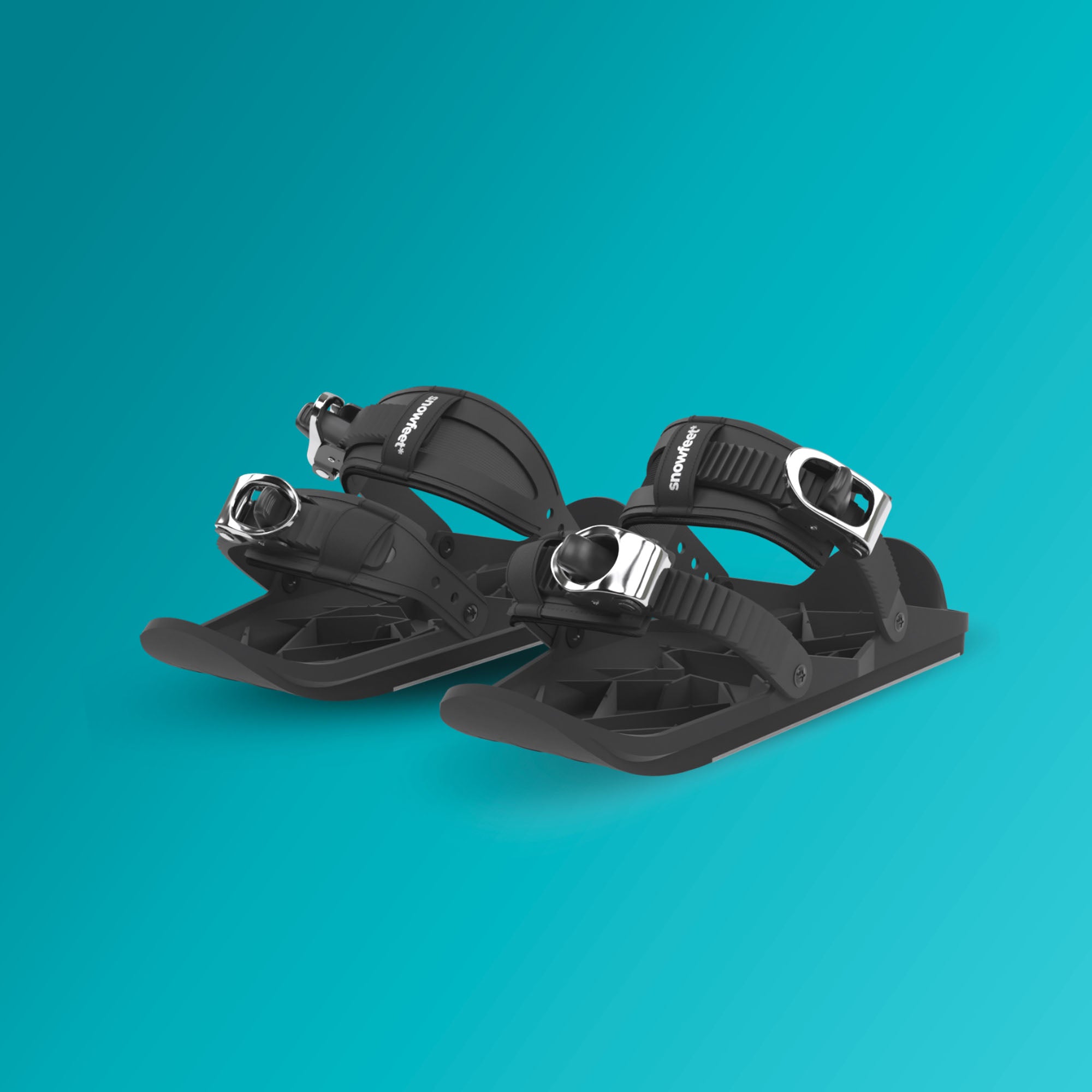


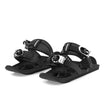
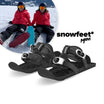

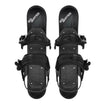


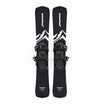
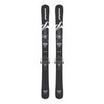
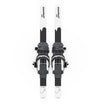
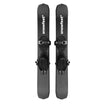
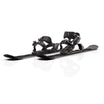
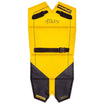

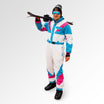
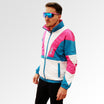
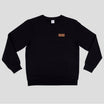
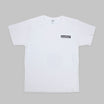
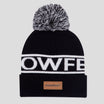
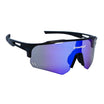
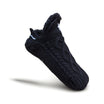
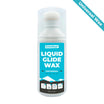
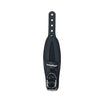
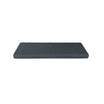
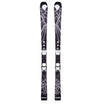




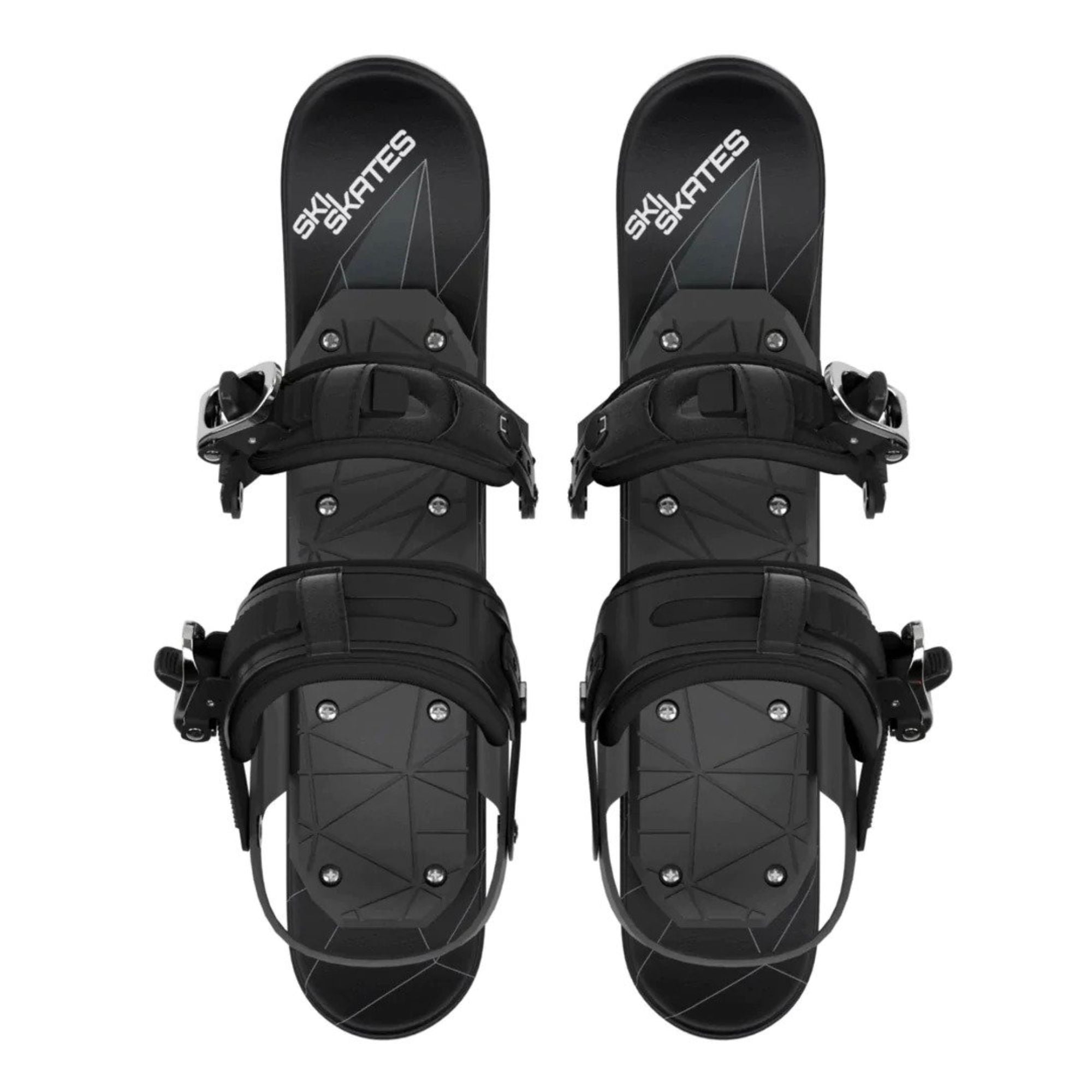
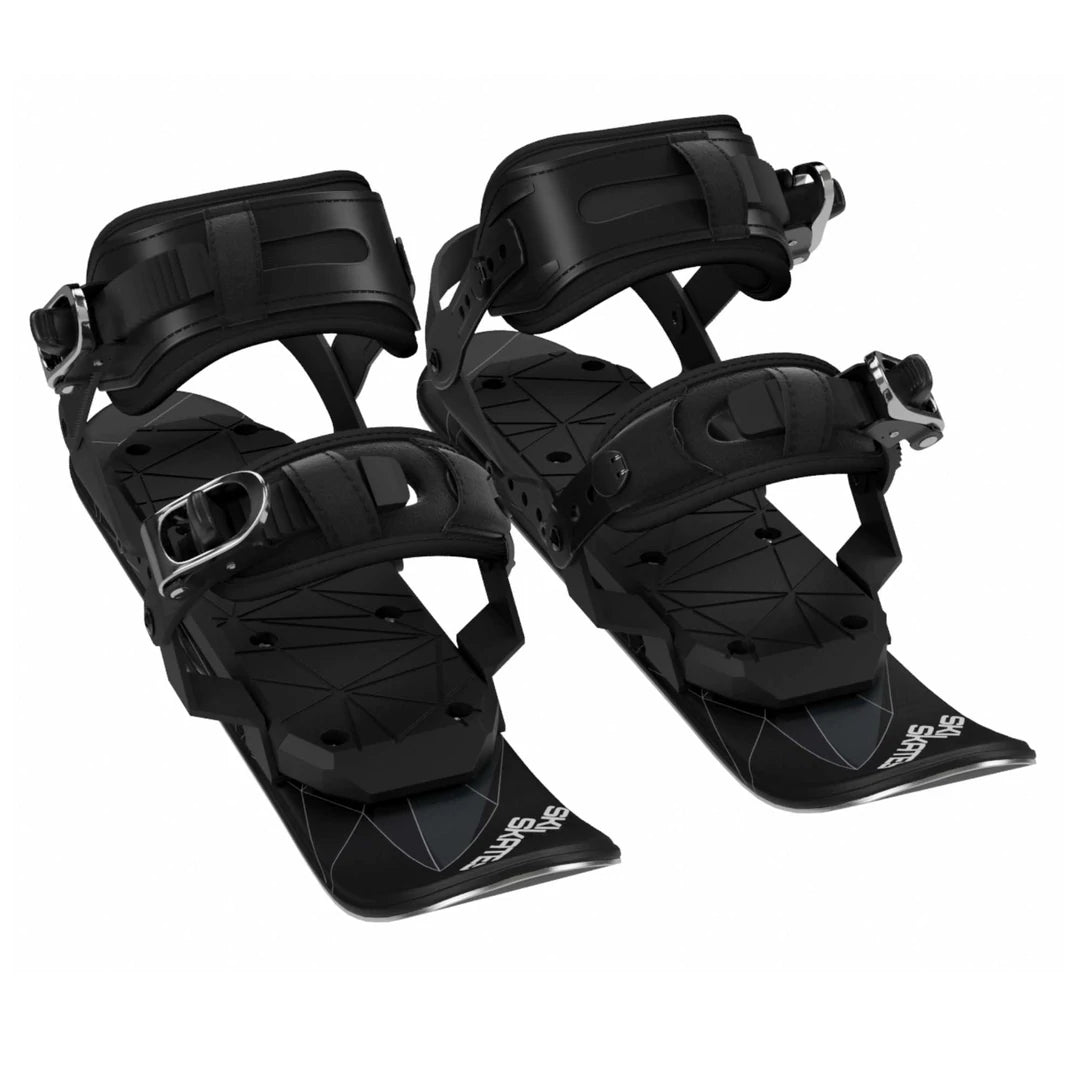
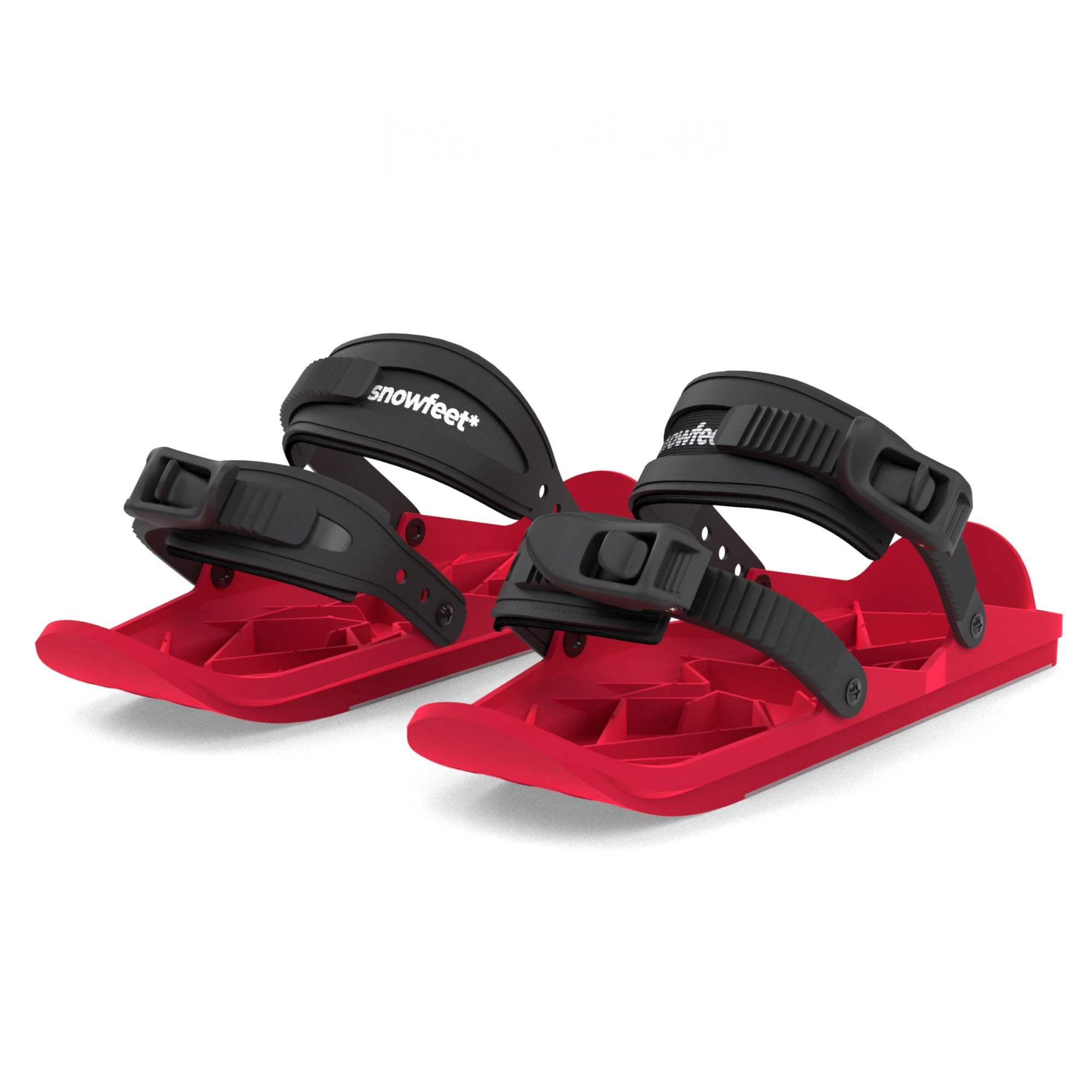
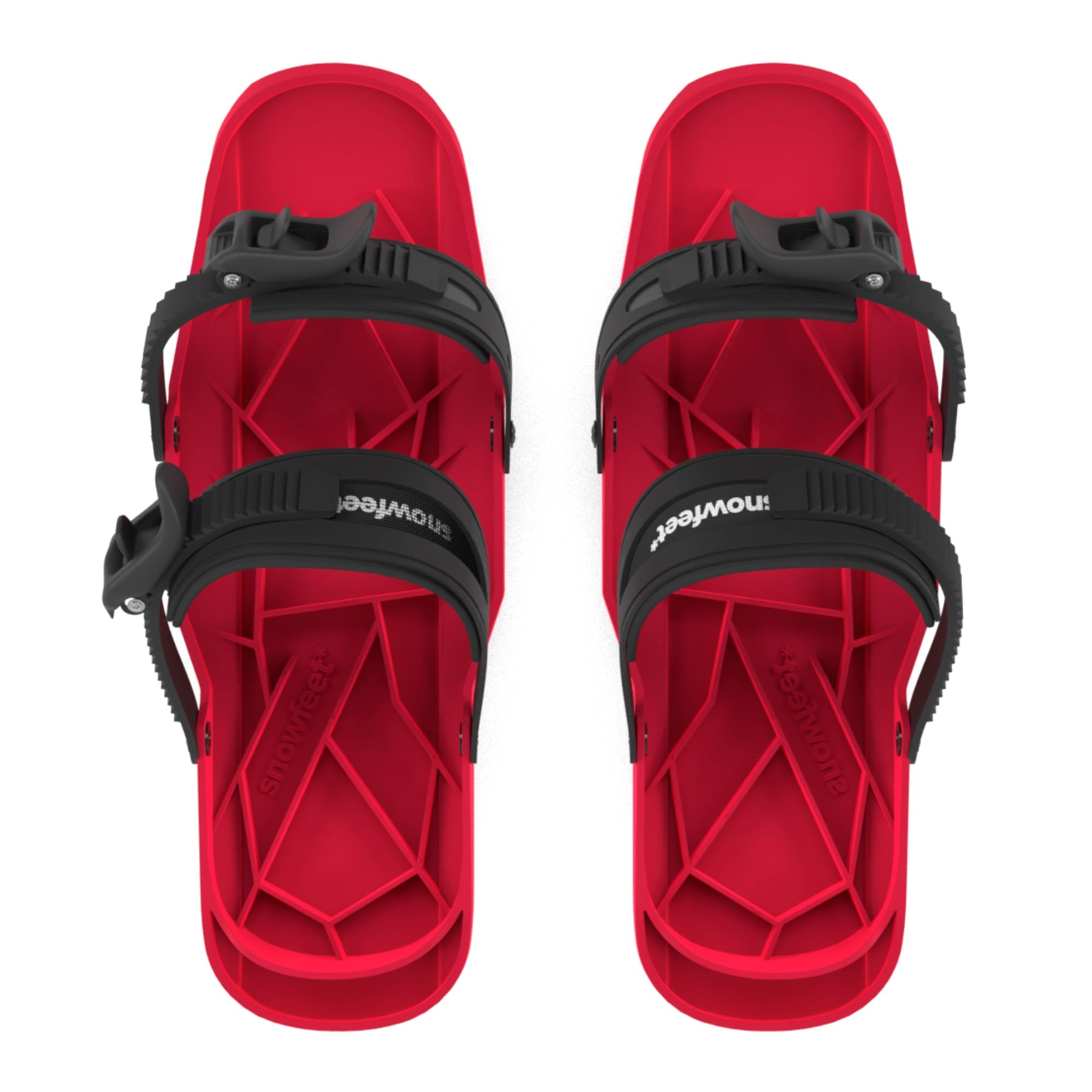




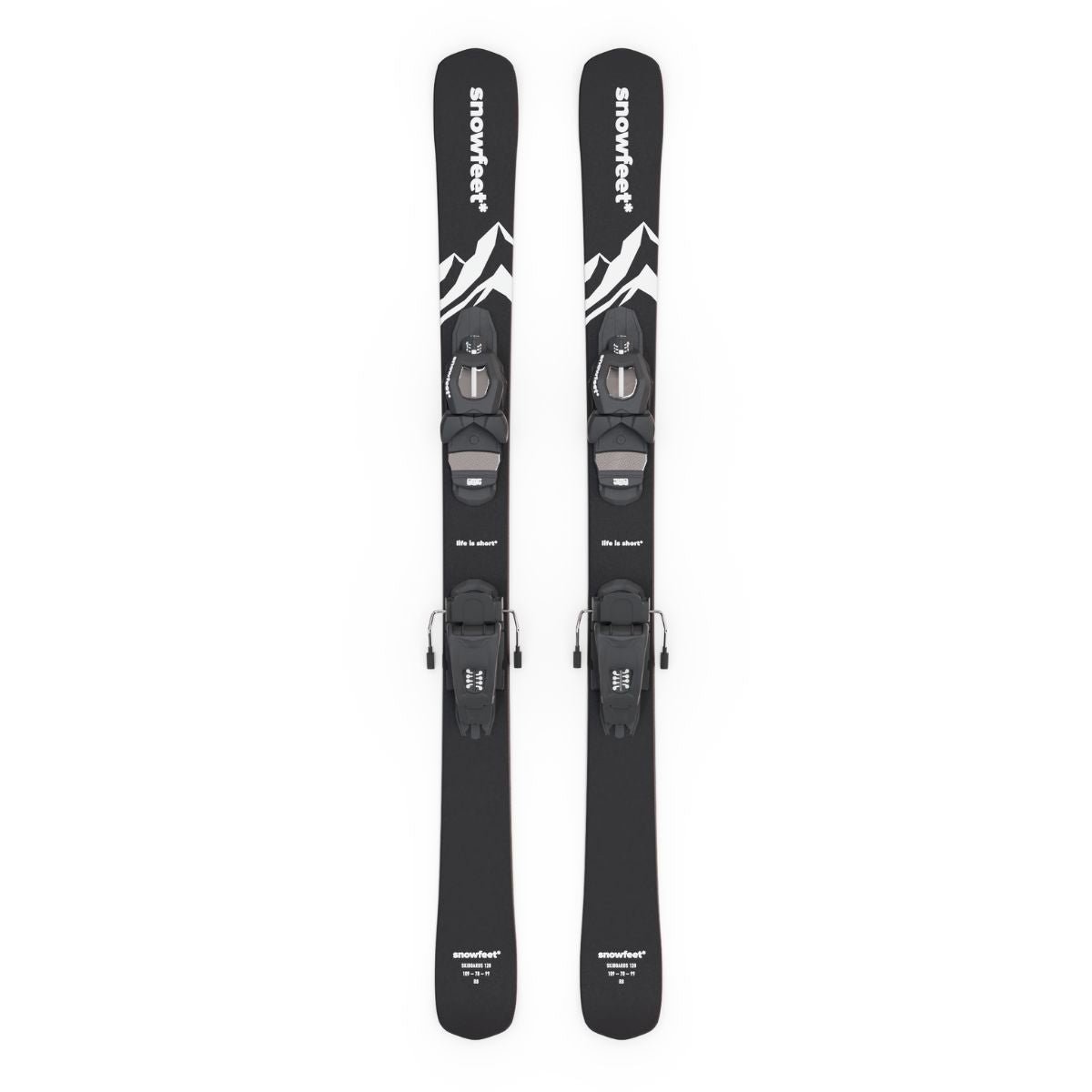
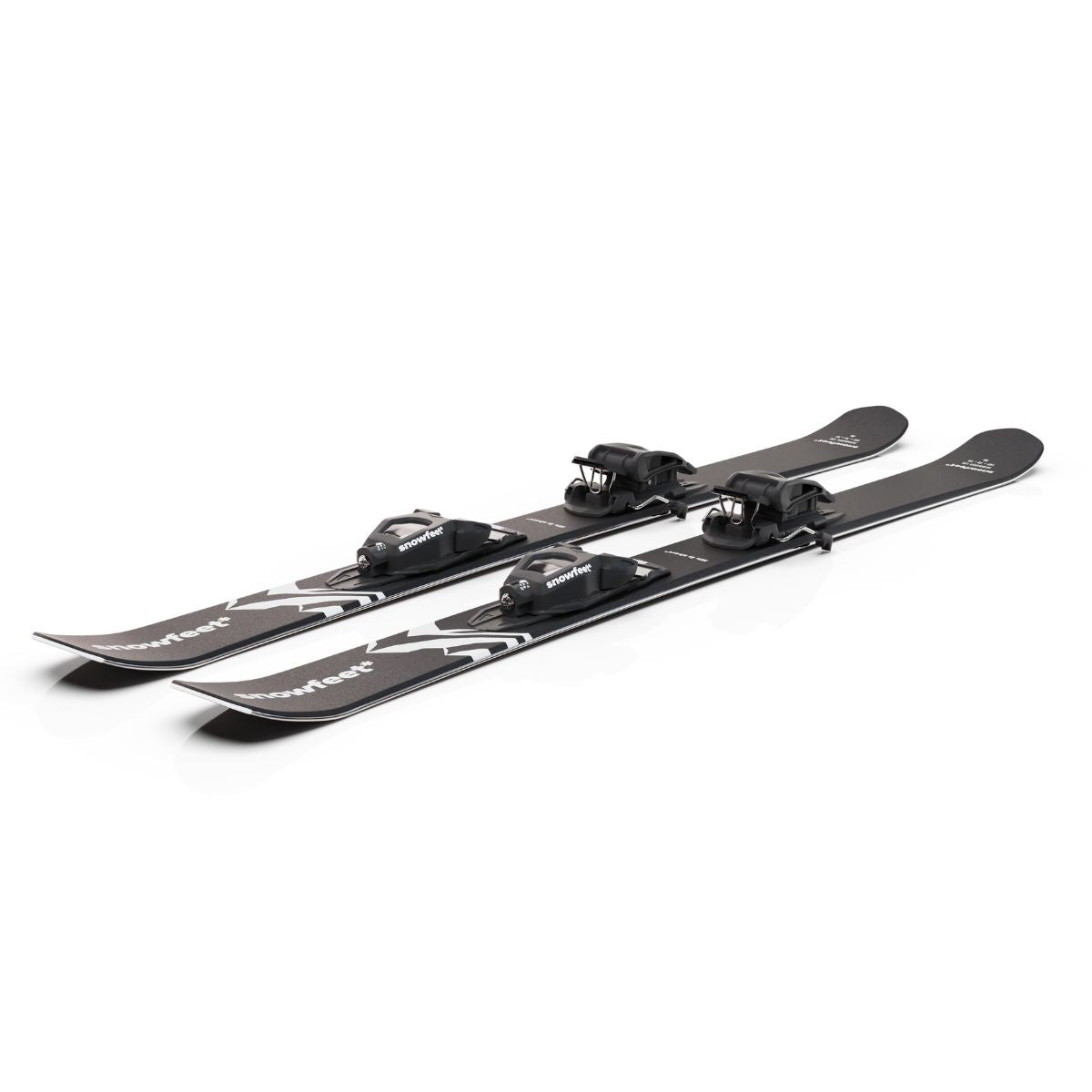
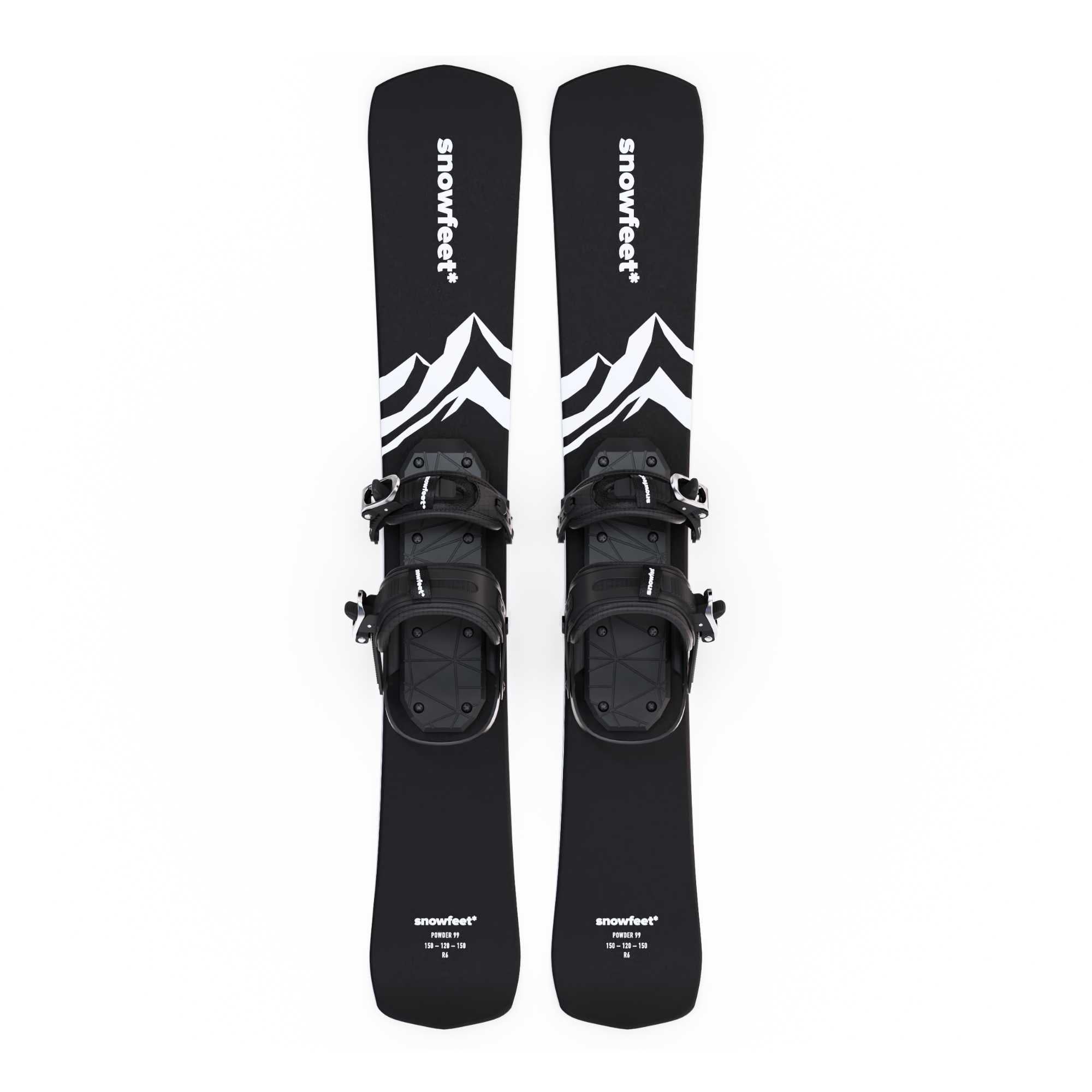
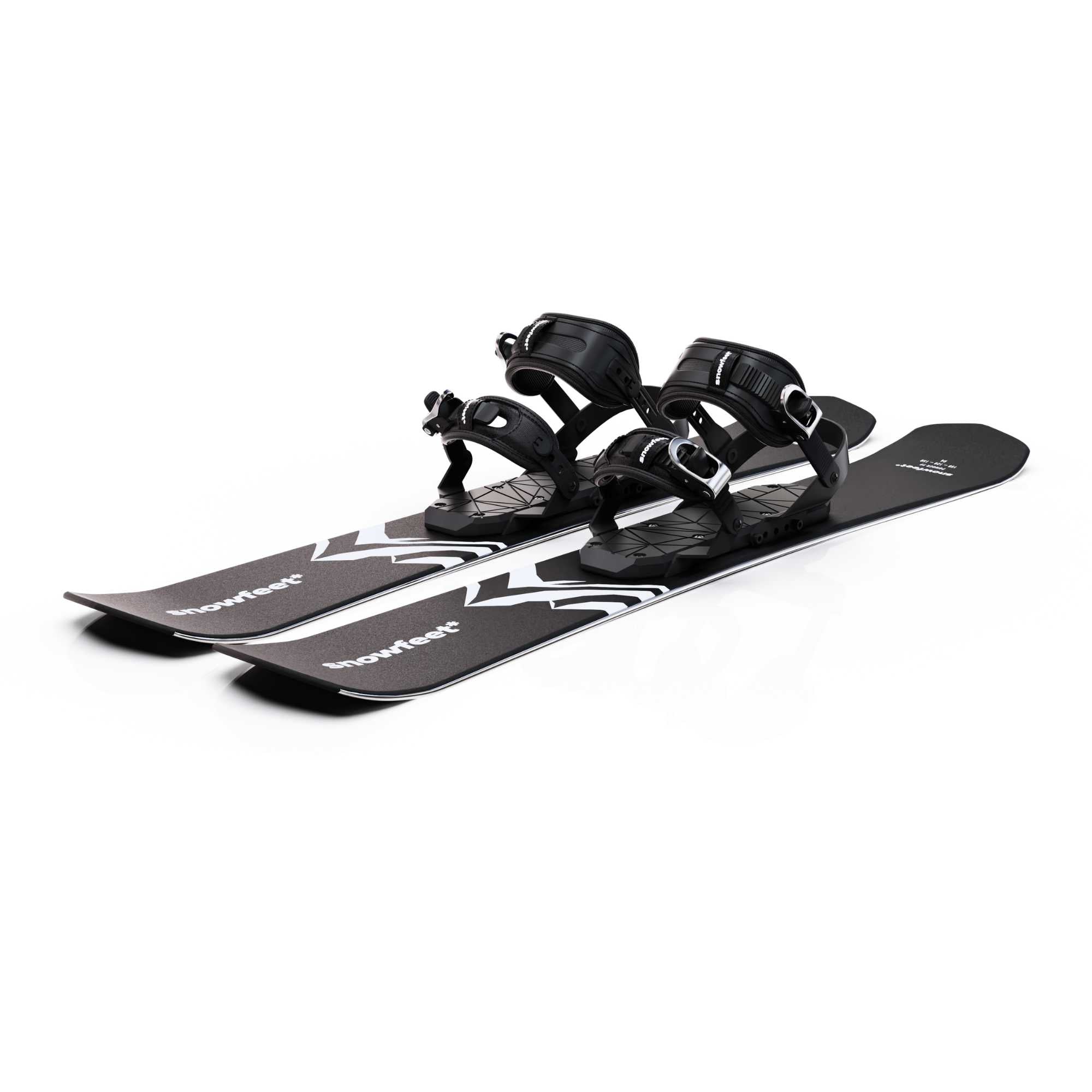
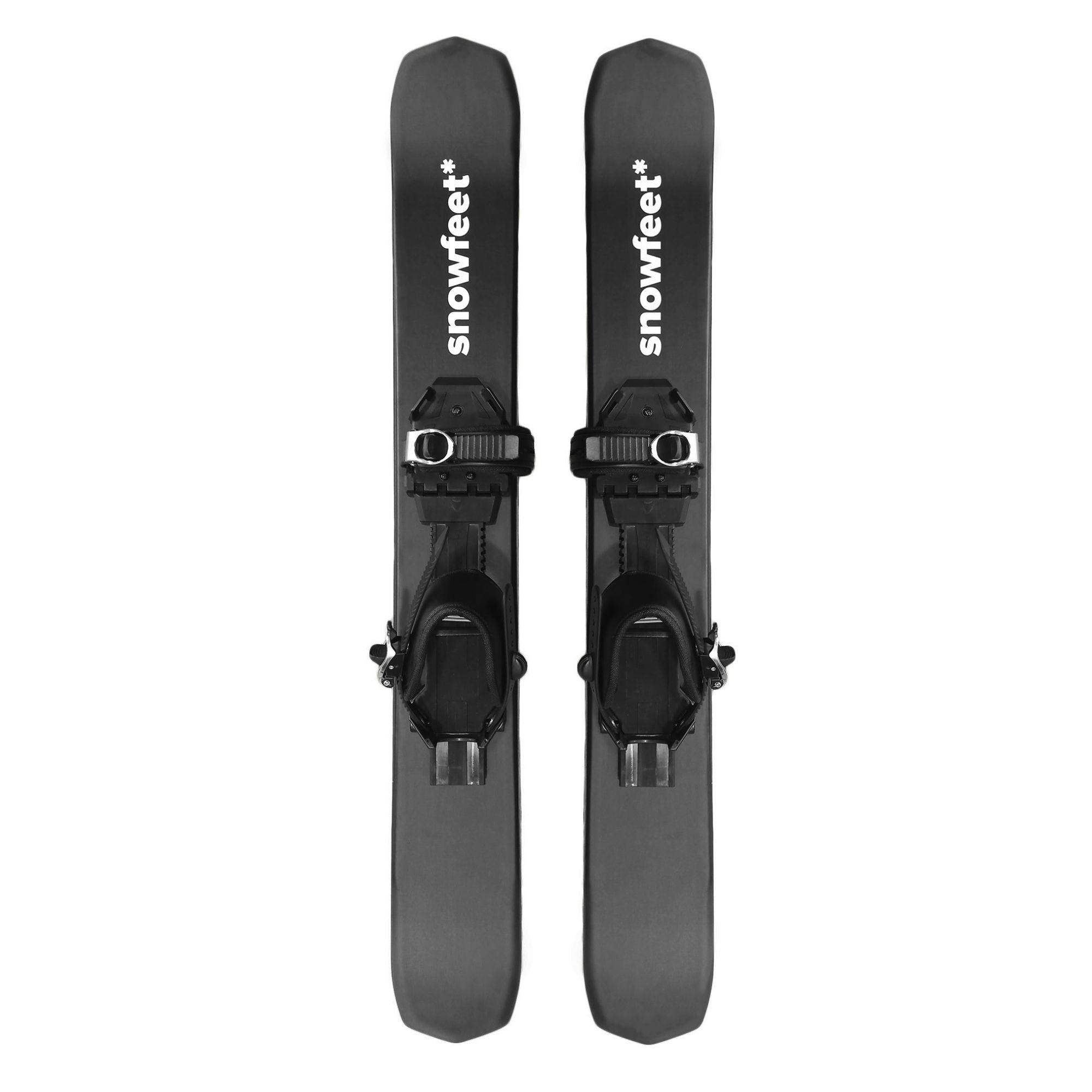
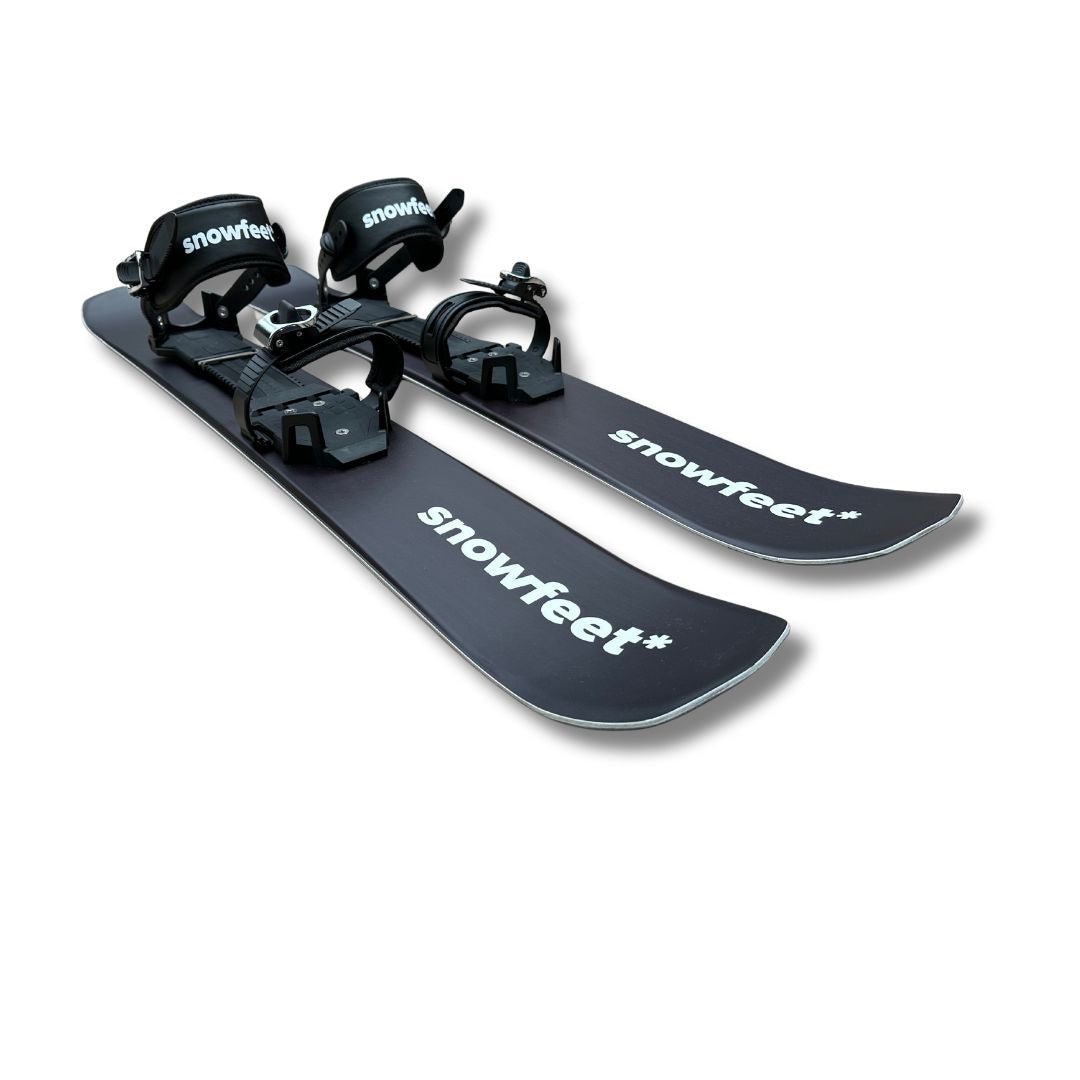
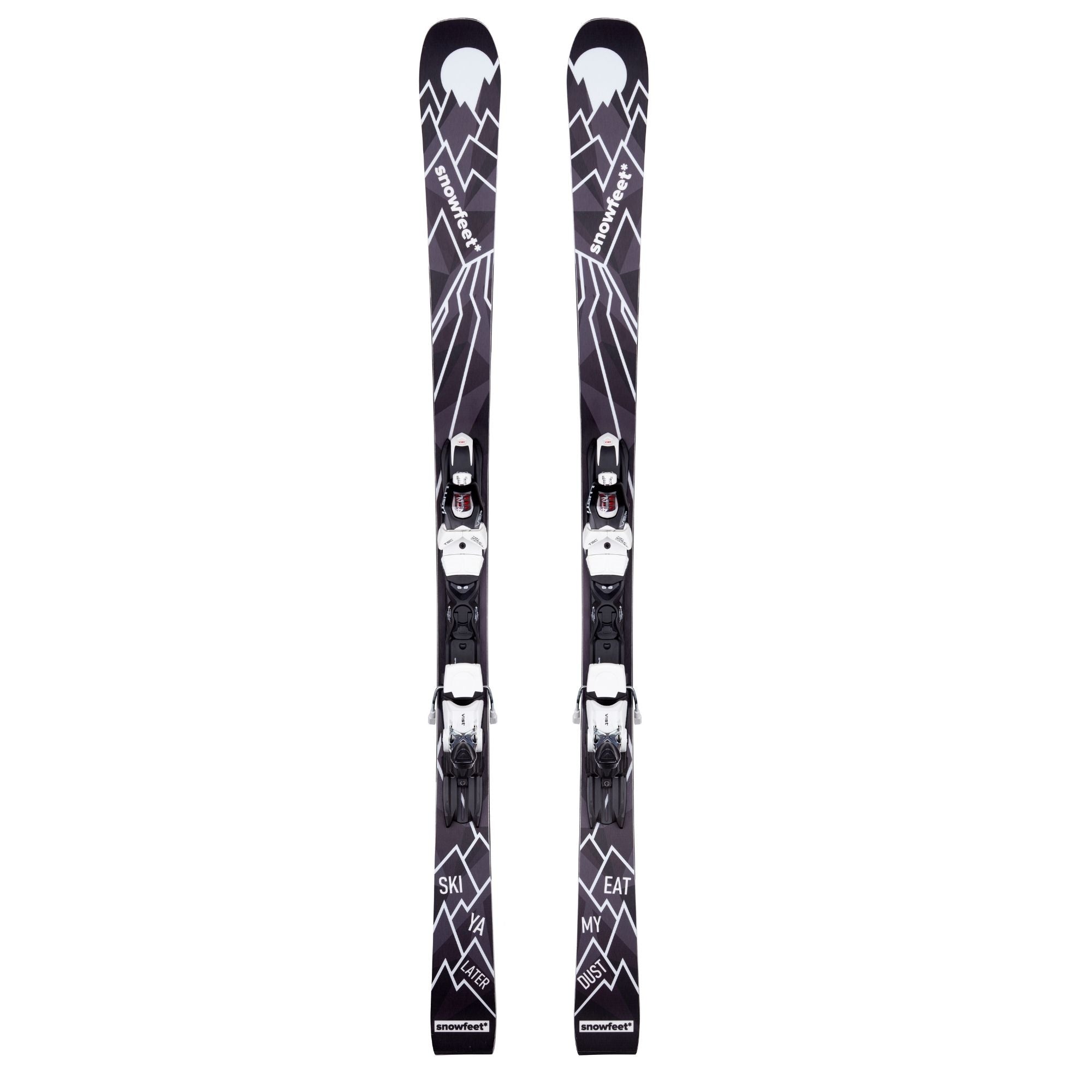
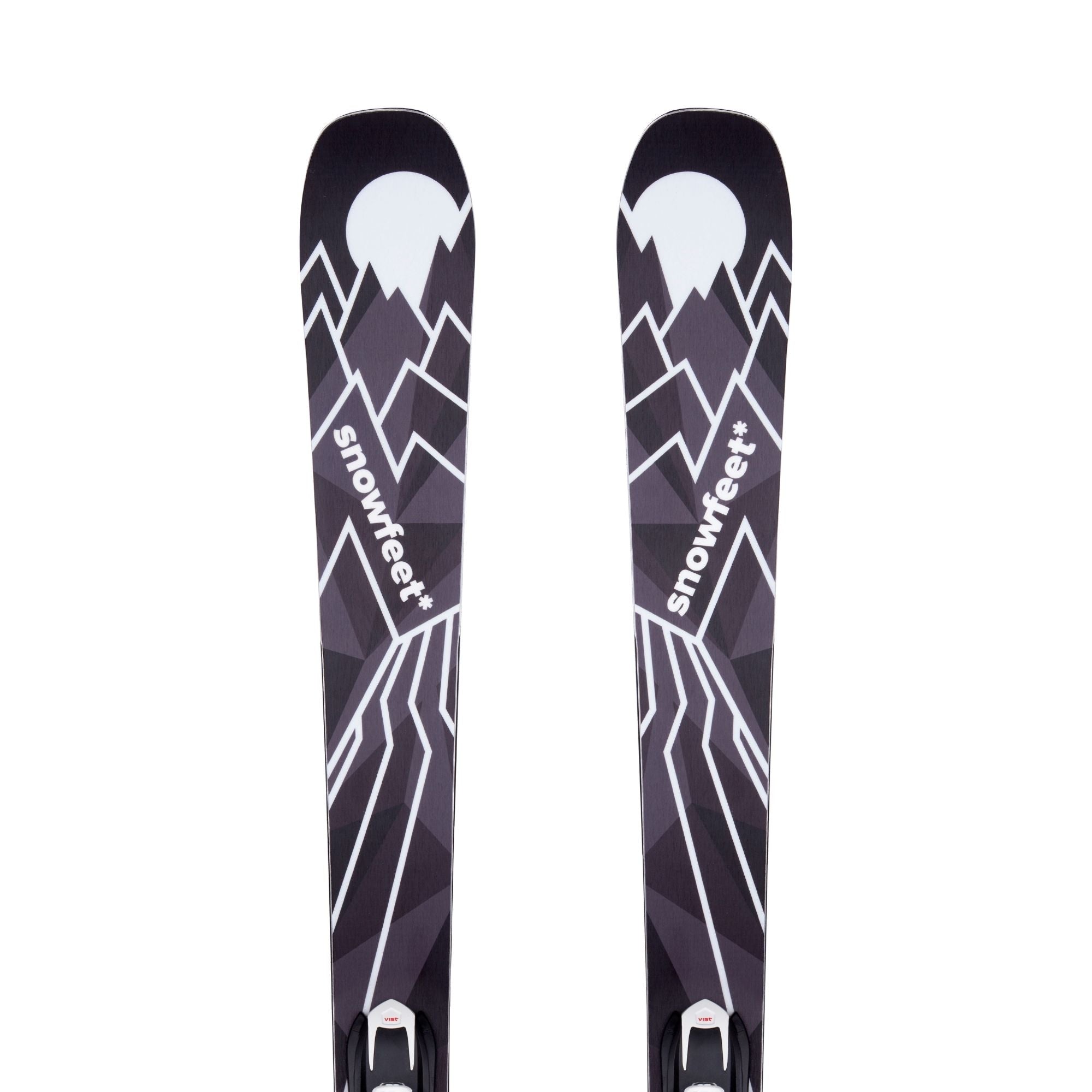
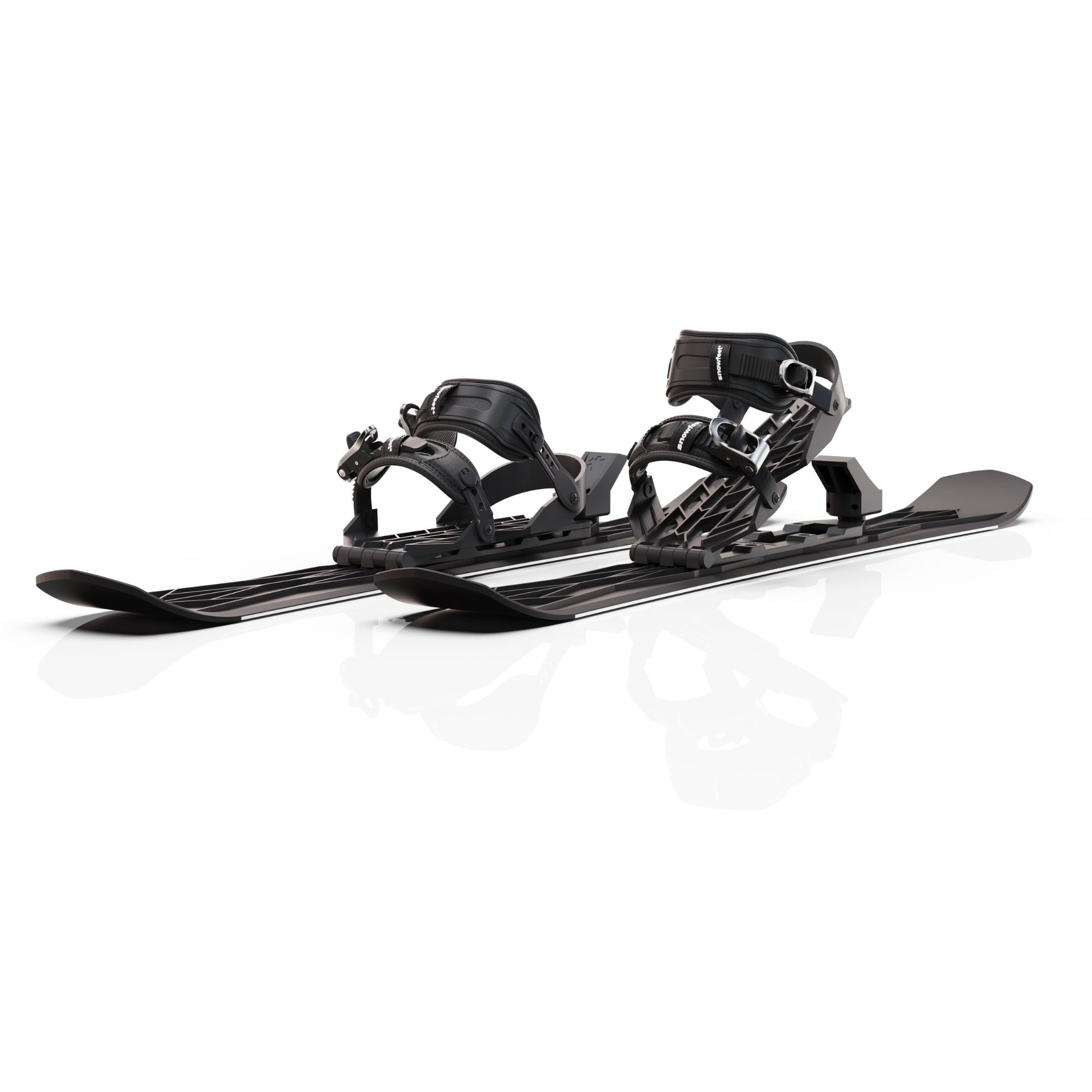

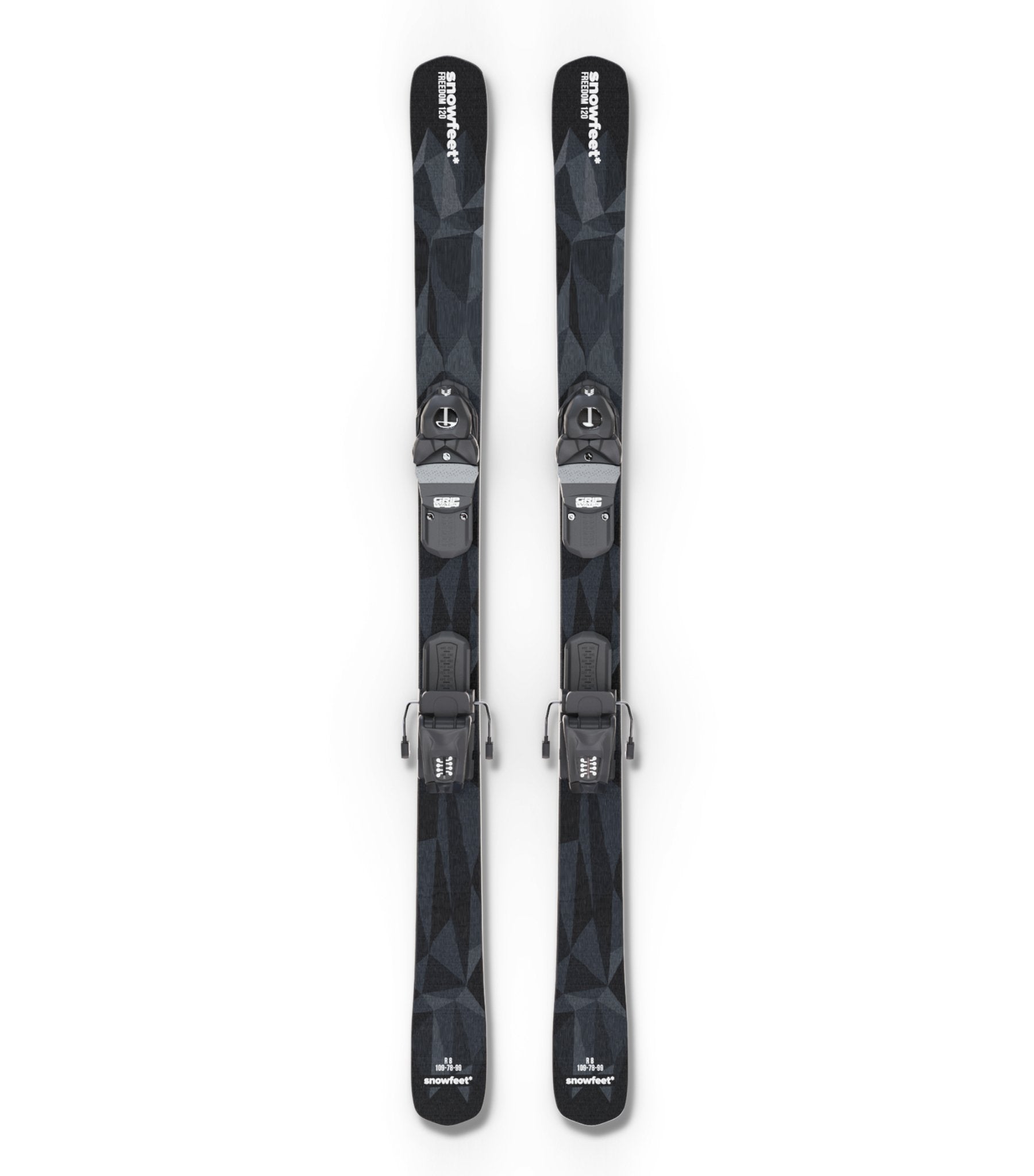
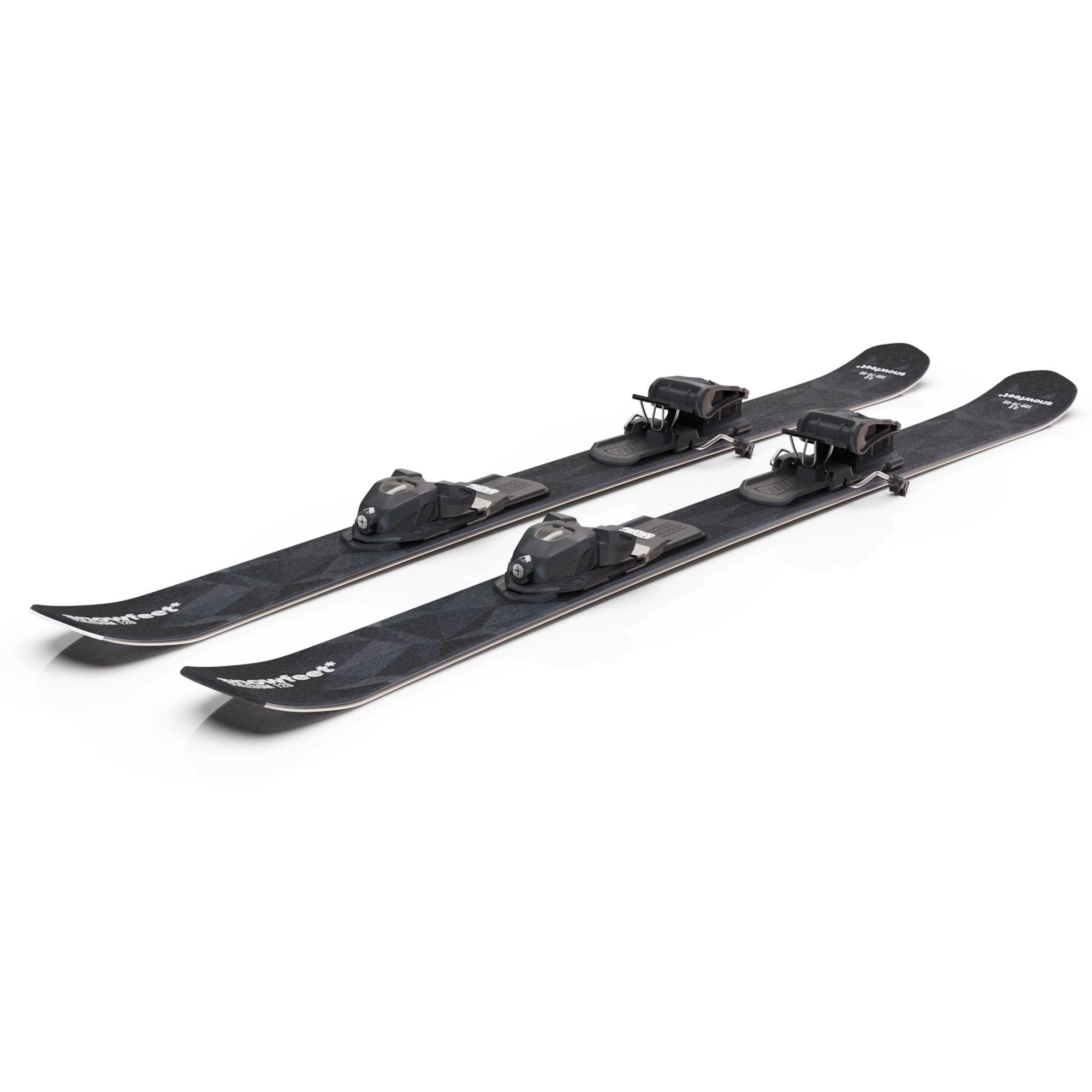
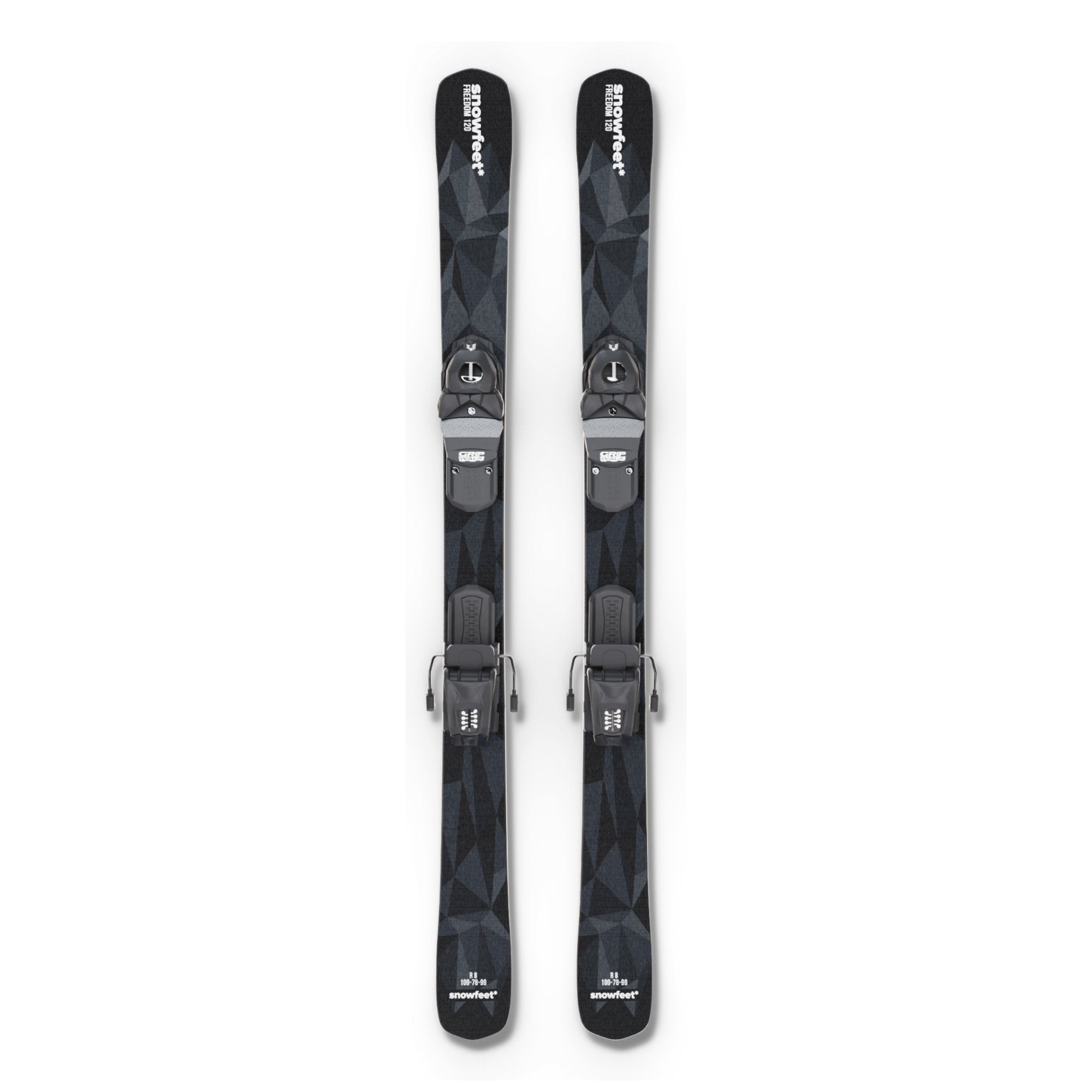
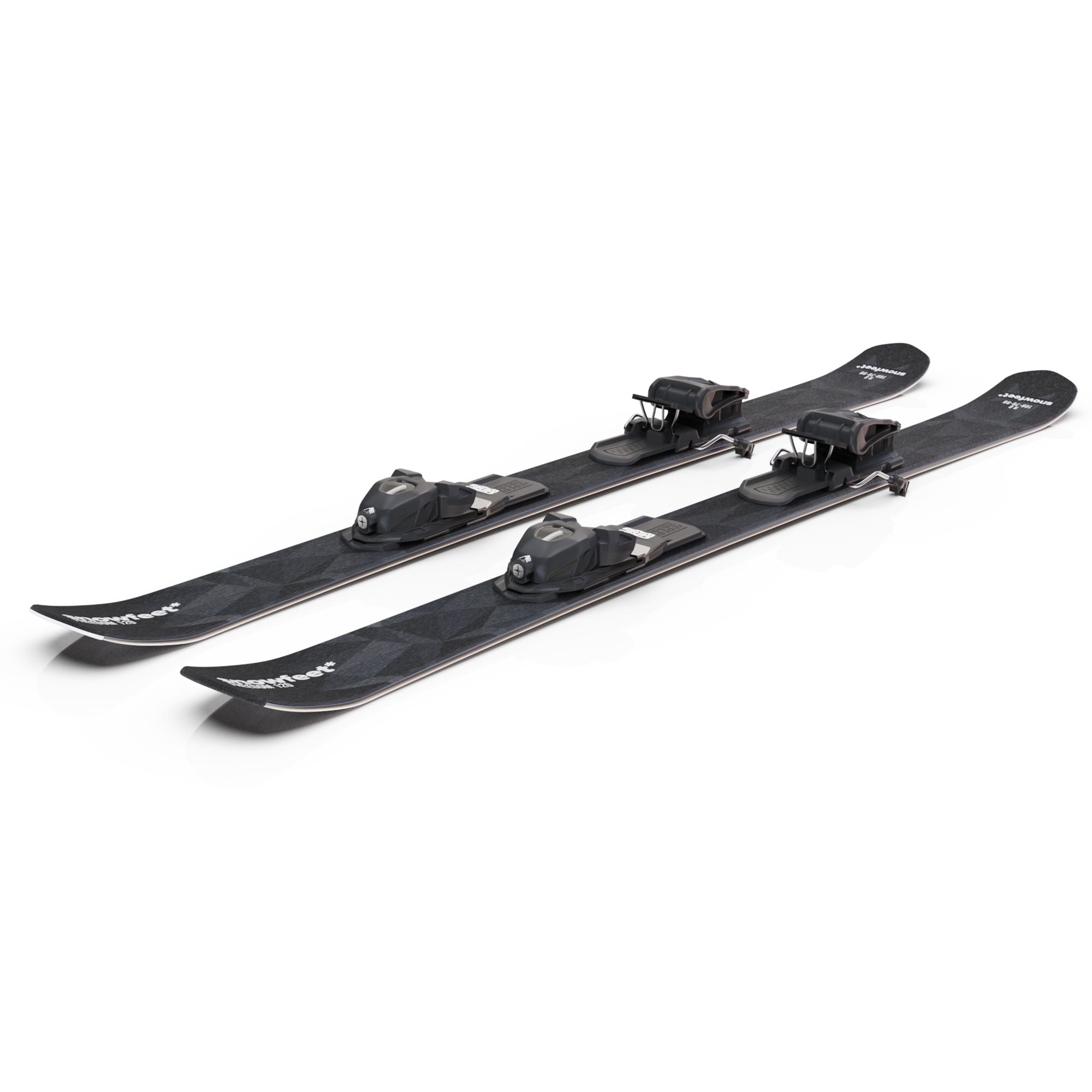
Commenta
Questo sito è protetto da hCaptcha e applica le Norme sulla privacy e i Termini di servizio di hCaptcha.